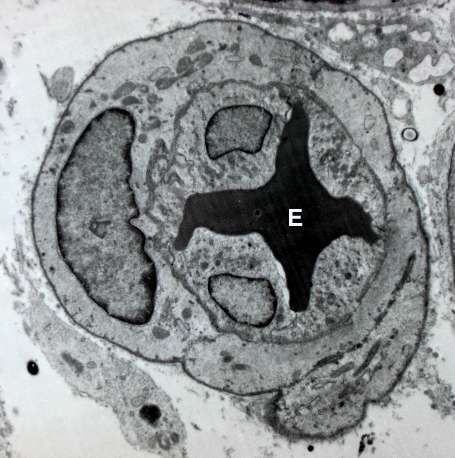A new study shows that the nerve cells and blood vessels in the eye are constantly in communication with each other in order to maintain healthy blood flow and avoid blood vessel overgrowth. The study has implications for treating eye diseases like macular degeneration and diabetic retinopathy – the leading causes of vision loss in adults. The study’s researchers also believe these findings could provide clues to neurological diseases like Alzheimer’s because the eye is a good model for understanding the workings of the brain.
Scientists at The Scripps Research Institute found that low blood flow and low oxygen levels in the retina trigger the eye’s nerve cells to produce a chemical called VEGF. VEGF prompts new blood vessel growth and thus more oxygen to the area. Without VEGF, normal blood vessel growth is inhibited and vision problems develop. Overproduction of VEGF also will create vision problems because it leads to dangerous blood vessel overgrowth – typical of many eye diseases like wet macular degeneration.
The research is surprising because previous research had given no indication that the eye’s nerve cells were an important source of VEGF. Essentially, these neuron signals in the eye are regularly fine-tuning the retina’s blood vessel architecture. When chemical signals are miscommunicated, blood vessel growth is out of balance – resulting in overproduction or underproduction of new blood vessels in the eye.
Professor Martin Friedlander, senior author on the study, believes this research cannot only lead to advanced treatment for eye disease, but also brain disease. He says the retina is a direct extension of the brain and the only place in the body where scientists can easily see neurons and blood vessels working together. Therefore, it is a good model for understanding the workings of the brain.
Source: https://medicalxpress.com/news/2015-04-nerve-cells-blood-vessels-eye.html

